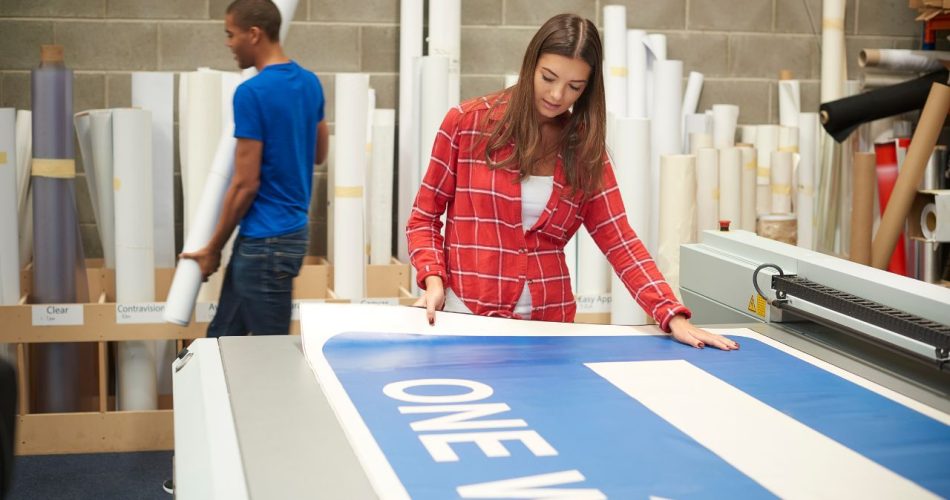If you didn’t know, digital printing has a wide range of uses beyond printing on paper that many people are unaware of.
Unlike offset or analogue printing, digital printing does not require the use of a matrix plate or a rubber substrate, making the printing process much more versatile, flexible and efficient.
What is digital printing?
As the name implies, digital printing uses computerised devices to print digital images. This process is carried out directly on the medium on which you want to print, and as we will explain below, it is not limited to paper.
This type of printing offers a wide range of materials and formats, which gives greater freedom and maximum customisation to the client’s taste. With digital printing you can add details to your digital images such as textures, text in high relief or the use of special inks in metallic colours to achieve an aesthetically attractive and highly professional finish.
What are the advantages over offset printing?
By not using expensive printing plates, digital printing offers the possibility of printing few units in an affordable way, which is an advantage for businesses or SMEs that do not need to produce large quantities and do not have a large budget.
Given the agility of this printing method, turnaround times are much lower than those of the printing press, making the process much more convenient and effective for the customer and offering the advantage that the volume can be adjusted according to orders. This means that the customer does not have to keep stock and can place orders “just in time” with the possibility of making changes to the design as needed.
What are the applications of digital printing?
One of the great advantages of digital printing is that most methods are suitable for paper, but there are also technologies that are particularly effective for other types of materials, giving you the freedom to choose any medium.
Digital press
With this method, digital images are reproduced on a plate similar to analogue printing presses so that they can be printed very quickly not only on paper and cardboard but also on other media such as ceramics or fabric. booklet printing
You can choose between solid ink and thermal wax depending on the material you want to print on and the finish you want.
Textile printing
The fabric is pre-treated and run through a high speed printer. This method is very fast and effective, so it is recommended for large print runs.
UV printing
For this type of printing, LED lights are used to apply a burst of ultraviolet light to the material, so that the drying time is almost zero. These lamps print in a very short time and with a wide variety of colours, being able to replace methods such as screen printing or sublimation.
It is suitable for a multitude of materials, but especially for the personalisation of objects such as notebooks, metal technological articles, lighters… being a perfect method for short runs of advertising articles.
Laser printing
By using a laser, digital images are printed with a very high quality result.
Inkjet printing
The most common method of small-scale printing, found in home and office photocopiers. This type of printing injects small droplets of ink from cartridges onto paper or cardboard.

